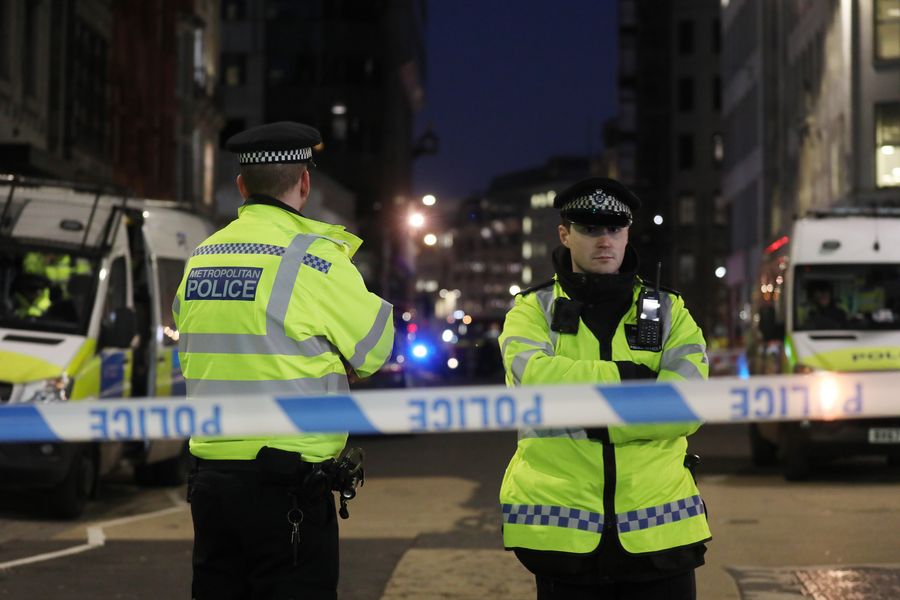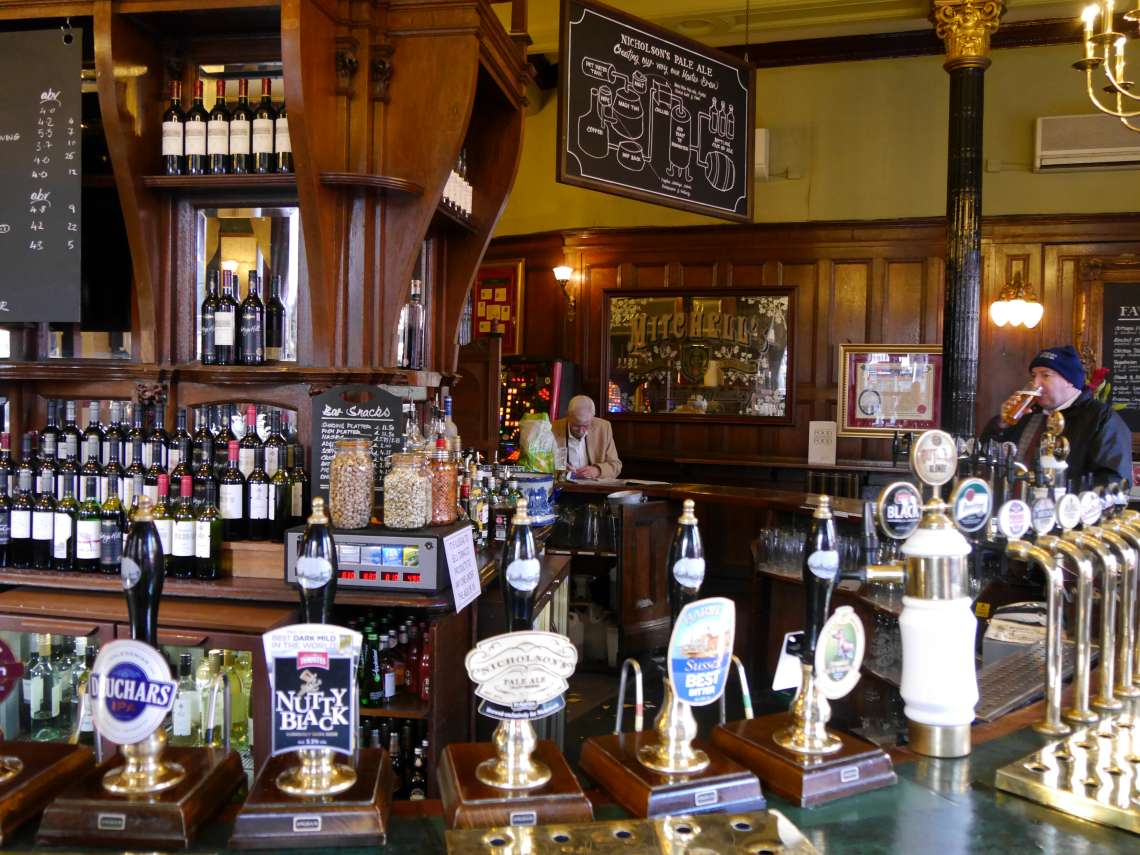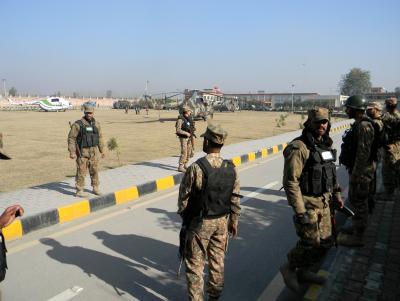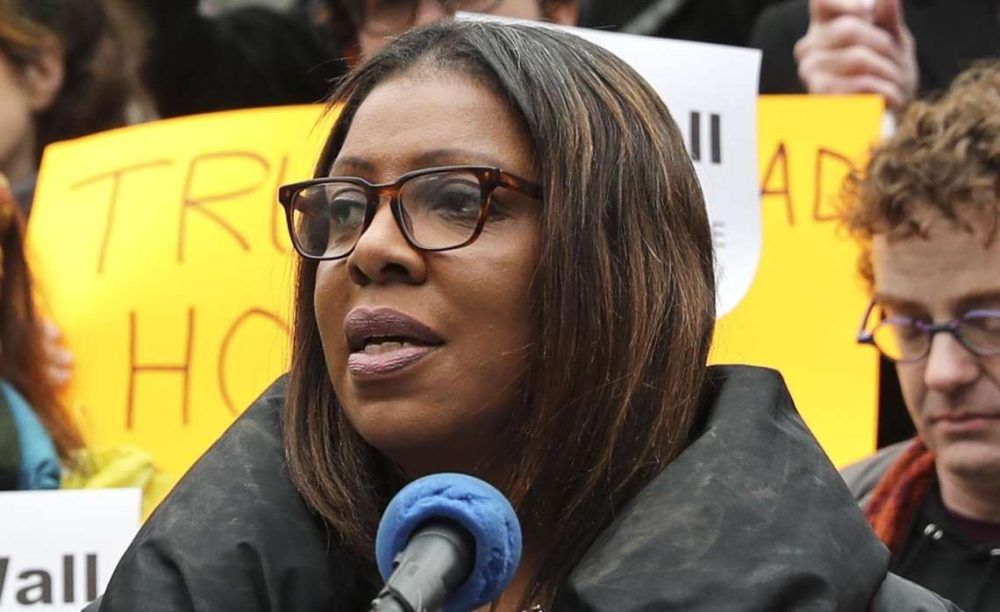Hate crimes targeted at Muslims rose by almost a fifth, with the Home Office noting a “clear spike” in these offences after the Southport murders and riots that followed last summer…reports Asian Lite News
Religious hate crime recorded by police in England and Wales has reached its highest level on record, according to new figures published by the Home Office. The data, released for the year to March 2025, shows a continued rise in offences targeting faith communities, with a sharp increase in crimes directed at Muslims.
Across the two nations, excluding the Metropolitan Police, 7,164 religious hate crimes were recorded over the 12-month period. This represents a 3% rise from 6,973 incidents in the previous year and marks the highest annual total since records began.
The Home Office noted a “clear spike” in offences against Muslims in August 2024, coinciding with the Southport murders and the unrest that followed last summer. Hate crimes against Muslims rose by almost a fifth, from 2,690 to 3,199. Officials said the Southport riots had fuelled anti-Muslim hostility and led to a sharp escalation in reported offences.
While incidents targeting Jewish communities fell by 18% to 1,062, the Home Office cautioned against drawing firm conclusions because the figures do not include data from the Metropolitan Police, which is in the process of changing its crime recording system. The Met, the UK’s largest police force, was responsible for 40% of all religious hate crimes against Jewish people last year, meaning the true national figure is likely to be substantially higher.
The overall number of police-recorded hate crimes, including figures from the Met, stood at 137,550 for England and Wales in the year ending March 2025. However, due to the Met’s change in data handling, the figures cannot be directly compared with previous years.
Excluding the Met, there were 115,990 hate crime offences recorded – up 2% on the previous year’s total of 113,166. This modest increase contrasts with recent years, which had seen sharper rises, particularly during and immediately after the COVID-19 pandemic. The overall number peaked at 128,485 in the year to March 2022 before falling back.
The data shows a mixed picture across different strands of hate crime. Offences motivated by sexual orientation fell by 2%, from 19,127 to 18,702. Disability hate crimes declined more sharply, down 8% from 11,131 to 10,224. Transgender hate crimes also dropped, falling by 11% from 4,258 to 3,809. This marks the second consecutive annual fall in offences against transgender people.
Responding to the latest figures, Home Secretary Shabana Mahmood said that the scale of hate crime remained unacceptable and that communities should not have to live in fear because of their faith or identity.
“Today’s hate crime statistics show that too many people are living in fear because of who they are, what they believe, or where they come from,” she said. “Jewish and Muslim communities continue to experience unacceptable levels of often violent hate crime, and I will not tolerate British people being targeted simply because of their religion, race, or identity.”
Mahmood confirmed that the government had stepped up police patrols around synagogues and mosques following the “abhorrent attack in Manchester last week”. She also highlighted new funding aimed at protecting vulnerable communities: “I am working closely with faith leaders, providing £50m to keep places of worship safe and make sure they remain sanctuaries, not targets of hatred. We stand with every community facing these attacks and will ensure those who commit hate crimes face the full force of the law.”
The figures reflect continuing pressure on religious communities, many of which have been calling for greater protection. While the Southport riots in summer 2024 are believed to have fuelled anti-Muslim hate, Jewish groups have warned about rising antisemitism linked to wider geopolitical tensions, even if this is not fully captured in the Home Office’s latest release.
The omission of Metropolitan Police data has added a layer of uncertainty to the picture, given that London accounts for a large proportion of hate crimes nationally. The Home Office acknowledged that the absence of full Met figures particularly affects the accuracy of statistics on antisemitic offences.
Despite falls in some categories, campaigners warn that the persistence of high levels of religiously motivated hate crime points to a continuing social challenge. The long-term trend shows a significant rise over the past decade, with religious and racially motivated offences consistently among the largest categories of hate crime recorded by police.
Officials and community leaders agree that improved recording practices may account for some of the increase, but the Home Office data points to clear spikes linked to particular events – from the pandemic years to last year’s riots.
The record-high figure for religious hate crime is likely to renew calls for more investment in community safety measures, as well as educational efforts to tackle intolerance. While the government’s new £50m security package has been welcomed by many faith leaders, there are ongoing debates about whether enough is being done to address the root causes of hatred and prejudice.
For now, the latest statistics underline the enduring scale of the problem. Religious hate crime in England and Wales has never been higher, and for Muslim communities in particular, the past year has been marked by a sharp escalation in targeted hostility.














